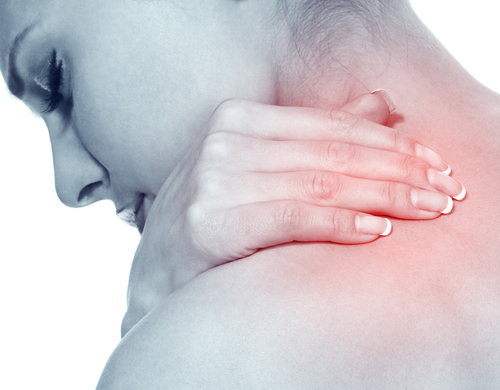 Dr. Michael J. Paralovos, chiropractor at TOTALHEALTH of Naples Chiropractic and Functional Rehab discusses the different spinal decompression options most commonly available in Naples, FL.
Dr. Michael J. Paralovos, chiropractor at TOTALHEALTH of Naples Chiropractic and Functional Rehab discusses the different spinal decompression options most commonly available in Naples, FL.To find out if you are a candidate for non-surgical spinal decompression and you live in the Naples, FL area, please call TOTALHEALTH of Naples to schedule a consultation 239.260.1426 or visit our website www.totalhealthnaples.com
Non-surgical spinal decompression is an optimal
alternative approach to helping sufferers of low back and neck pain caused by
herniated/bulging discs and the consequences of spinal stenosis (neuroforaminal
and central canal). Currently chiropractors tend to be at the forefront of this technology and advancement in
healthcare. This is likely due to the
fact that chiropractors are the leaders in non-pharmalogical/surgical spinal
health and wellness.
So what is non-surgical spinal decompression? This technology utilizes a
computerized traction system to target damaged/herniated spinal discs that are
limiting the patient from normal everyday activity. The system is programmed to affect the disc
lesion at a particular level, ie. if your herniation is at the level of the
fifth lumbar disc then the decompression table will be set to that area,
whereas traditional traction would give a non specific stretch in the entire
lumbar region. Once programmed, the
patient will undergo intermittent loading and unloading cycles over the course
of 15-30 minutes. This repetitious
protocol allows for nutrients to be pumped into the damaged disc and allow for
waste by-products to be expelled. The
protocol is also designed to prevent any muscle spasticity from occurring. Treatment plans can range anywhere from daily to weekly sessions for 2-4 weeks.
Now that you are familiar with the concept non-surgical
spinal decompression, let’s focus on the differences of the types of tables
that are commonly used in Naples, FL. Though
there are many manufacturers of this technology these are the big three: Vax-D,
DRX 9000 and the Triton DTS.
Vax-D was the first device on the market. The Vax-D is diverse as it allows for
treatment of the cervical and lumbar discs.
It also has the capability to perform the lumbar decompression prone and
supine. Through the years it continues
to show progress and continues to attract people based on its reputation and
effectiveness. Generally this service is
not covered by most insurance therefore the cost to the patient can range from
$2500-$5000 on average.
The DRX-9000 is yet another big player in the spinal
decompression arena. Based on a similar
concept to the Vax-D, the DRX-9000 comes with more features that can WOW the
patient. It comes with a built in DVD
player to help pass the time by and it is equipped with bright flashing buttons
to make it appear hi-tech. The best
feature of this device is it’s capability to lower the patient from a standing
to recumbent position, this is ideal for the extreme acute cases. Unfortunately the DRX-9000 is not diverse
with its patient positioning and has limited program settings. Due to the high cost of the device and
limited insurance coverage the patient can expect to pay anywhere from $3000
and up.
The third decompression device is the Triton DTS. This machine is manufactured by Chattanooga,
one of the leading physical rehab companies in the industry. Like the Vax-D the Triton DTS allows for
cervical and lumbar decompression and also has the capability to perform the
lumbar decompression prone or supine.
This is the most diverse table of the three as it can swivel to target a
specific side, this is a key feature as most disc herniations are not
symmetrical and are usually one sided.
It can raise or lower to assist with patient mounting and
dismounting. The Triton DTS is also
diverse as it has multiple programming which can be beneficial to the patient
depending on their degree of pain, limitation and prognosis. Besides the effectiveness of the device on
spinal disc problems, the Triton DTS tends to have shorter treatment time as it
has advanced non-surgical spinal decompression with improved technology. Triton DTS treatment has some insurance
coverage but typically is more cost effective to the patient than most
non-surgical spinal decompression units on the market.You now have some information on the different types of non-surgical spinal decompression devices that are available in Naples FL. Dr. Michael J. Paralovos, chiropractor at TOTALHEALTH of Naples has chosen to use the Triton DTS to help his patients with back and neck pain because he believes it is superior to the competition and more cost effective. To find out if you are a candidate for non-surgical spinal decompression and you live in the Naples, FL area, please call TOTALHEALTH of Naples to schedule a consultation 239.260.1426 or visit our website www.totalhealthnaples.com
Also, check out TOTALHEALTH of Naples YouTube channel for a video demonstrating spinal decompression http://www.youtube.com/watch?v=d1P2Qed-f5c&feature=g-all-u as well as other videos on health and chiropractic.






